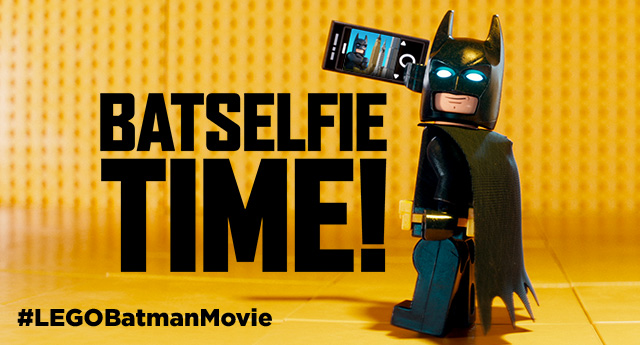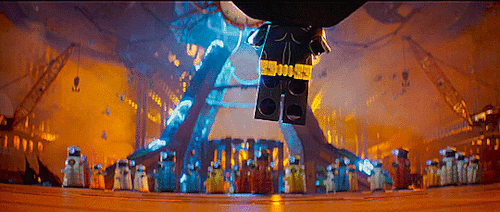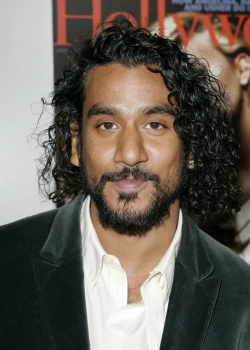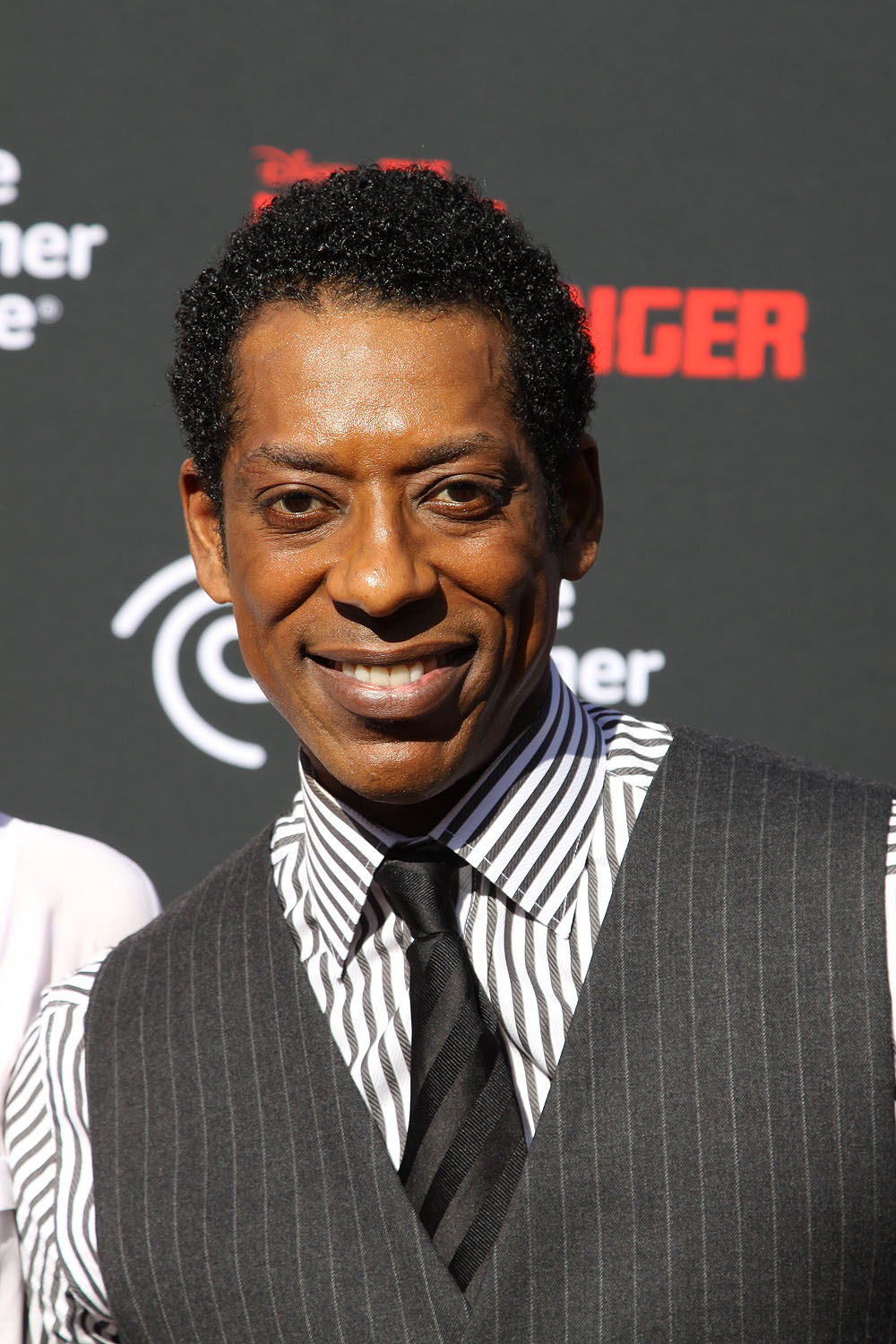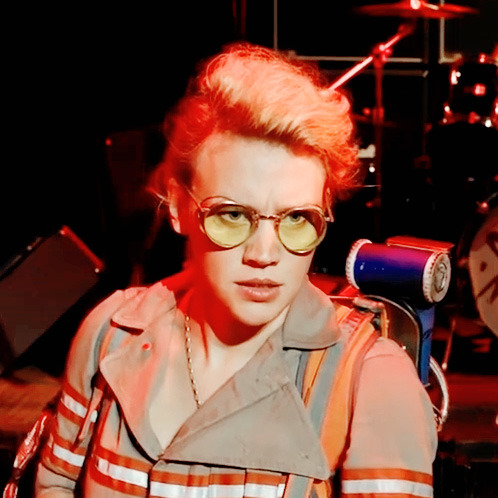During the latter months of 2016, the missus and I watched the full original run of
Star Trek films, from
The Motion Picture to
Nemesis. Suz had never seen any of these before, in spite of being a big fan of
TNG and
Voyager and an occasional watcher of the original series. Now, it's no longer 2016, but it's still within
Star Trek's fiftieth anniversary as far as I'm concerned (it didn't start till halfway through the year, after all). So, I'm finally getting back on the
Trek writing wagon.
So, we sat down to watch all the
Trek movies. We started with
The Wrath of Khan.
Well, I watched
The Motion Picture, but I told Suz not to bother. We watched
Khan with drinks and mates and not a little disbelief that Suz had never seen it before.
TMP is notoriously hard going, so I decided it was unnecessary to put her through it. In the end, she did catch it on TV a few weeks later and had it on in the background, which is perhaps the best way to watch it. She thought it was pretty, which it most certainly is.
 THE FACTS:
STAR TREK: THE MOTION PICTURE
Directed by Robert Wise
Written by Gene Roddenberry, with Alan Dean Foster and Harold Livingston.
Released: 7th December 1979
Set: c.2273
Starships featured: USS Enterprise NCC-1701, Klingon Battlecruiser, Vulcan warp shuttle
Planets visited: Earth and Vulcan
THE FACTS:
STAR TREK: THE MOTION PICTURE
Directed by Robert Wise
Written by Gene Roddenberry, with Alan Dean Foster and Harold Livingston.
Released: 7th December 1979
Set: c.2273
Starships featured: USS Enterprise NCC-1701, Klingon Battlecruiser, Vulcan warp shuttle
Planets visited: Earth and Vulcan
Star Trek: The Motion Picture marks a very odd start for the franchise's cinematic outings. In 1973, all that existed to base the film on was the original series and the short-lived animated follow-up, plus a few books and comics.
Star Trek was solely Kirk, Spock, McCoy,
Enterprise. Work was in progress on a
Star Trek feature film from the mid-70s, and had stalled several times before reverting back to television. The script and production work that began
TMP were originally intended for a sequel series, known as
Star Trek II or
Phase II. This would have written Spock out and replaced him with a fully Vulcan science officer, but even including this fundamental departure, early work on the series still sounds far more like the original
Trek, in content and spirit, than what we eventually got with
TMP.
The Motion Picture owes its existence to the success of
Star Wars two years earlier. True,
Close Encounters probably convinced them this wasn't a one-off, but still, without
Star Wars' runaway success, the exorbitantly expensive
Star Trek movie would never have been greenlit. Early reports that it was the most expensive film in history to date are untrue, but understandable: it was actually somewhat cheaper to produce than
Superman: The Movie, but the full cost of that film wasn't released for years later. Taking inflation into account, several earlier epics were considerably more expensive. However, it was still an enormous gamble for Paramount, and one that only partially paid off, even considering that the line between
Phase II and
TMP's costs is somewhat blurred. So, the question remains, if the success of
Star Wars convinced studio execs that space opera was a moneymaker, why did Roddenberry decide that the best film to emulate was
2001: A Space Odyssey?
It's no surprise that the studio used
TMP's apparent financial failure (itself grossly exaggerated) to push Roddenberry to the sidelines, nor is it a bad thing that they did. Much like
Star Wars later, the franchise only really got back on track once its creator was no longer able to control production. The best films and series are the result of collaboration in the face of adversity.
TMP is Roddenberry's personal vision of the future, with the budget to show it. His novelisation of the script reveals some fascinating insights into the future world of Earth in the Federation, little of which made it to screen. The woman who dies in the transporter accident, in a jarring scene of horror early in the film, is revealed to have been Kirk's former "life partner." There's intriguing talk of a more advanced strain of humanity which now dominates Earth, while, amusingly, it's the more primitive, instinctive types like Kirk who are considered more suited to exploring space.
Roddenberry's vision was of an intellectual, complex society, and this is reflected in the rather sterile look and feel of the film. Gone are the primary colours and makeshift props of the original, so evocative and recognisable, but existing due to production and budget restraints. In are sophisticated sets and beige pyjamas. Admiral Kirk may manipulate events to regain his command of the
Enterprise, but he is far removed from the adventurer of the original series. Kirk's rebellious, swashbuckling nature has been exaggerated in the reboot films, and this clouds how we see the original version of the character, but he was far more human and interesting than the reserved character Shatner is given here.
It's no wonder that, with the human crew so emotionally reserved, Spock is required to become even more stoic. Written back into the script following successful negotiations with Leonard Nimoy, Spock's personal journey is fundamental to the film's story. His attempt to purge all emotion mirrors V'Ger's crisis, and it is when he makes contact with the being that he realises the futility of his efforts. He finally embraces both logic and emotion, accepting that he is both Vulcan and human, and becomes a more complex, balanced character. Spock's story is the highlight of the script, and Nimoy, naturally, performs it perfectly. Xon, his
Phase II replacement character, morphed in the script to Sonak, the other victim of the unstable transporter, perfunctorily killed off.
Perhaps the most promising characters are Will Decker and Ilia, respectively played by Stephen Collins and Persis Khambatta. Created as ongoing characters for
Phase II, it's easy to see that these characters had legs. After all, they were essentially recreated for
The Next Generation, becoming William T. Riker and Deanna Troi, although the alien sexuality angle was dropped from the latter's character. Both Collins and Khambatta are extremely good in difficult roles. Originally conceived as Kirk's eventual replacement in
Phase II, Decker's role is inverted as the new captain of the
Enterprise, usurped by Admiral Kirk during the V'Ger crisis. Collins portrays Decker's reserved anger at Kirk with class and restraint. Khambatta is even better as Ilia, an interesting mix of alien sexiness and refined logic whose descendants, other than Troi, include fan favourites Seven of Nine and T'Pol. She also has the difficult task of portraying V'Ger's recreation of Ilia, faced with making this artificial version recognisable as the same character and distinct as a machine. It's no easy task, but Khambatta pulls it off with grace and skill.
While it's easy to criticise
TMP, and I will, one thing cannot be argued with: the film is absolutely gorgeous. Douglas Trumbull was drafted in to take over the effects work after a long pre-production process, revamping the look of the
Star Trek in the vein of his earlier work on
2001 and
Close Encounters of the Third Kind. From the outset,
TMP revels in the luxurient vistas of space travel. The revamped
Enterprise, lit only by its alien surroundings, is a thing of beauty. Once we encounter V'Ger, we are pulled into a realm of bizarre, mystifying structures and energies that boggles the mind. We get glimpses of Vulcan that drive home the alien nature of this civilisation. The Klingons are no longer extras with bad facial hair, but alien beings with bizarre skull structures.All of this is supported by a powerful and beautiful score by Jerry Goldsmith, beginning an association with
Star Trek that would continue for decades, including a stirring theme that would be reworked for subsequent movies and
The Next Generation.
The problem with the film is that it is all too ready to bathe in its music and effects. While there are a number of cuts available, each of Robert Wise's directorial efforts begin with an agonisingly long intro that lingers on the new
Enterprise for what feels like about an hour. The story zips along quite happily for the first actual hour or so of the film, but once we enter V'Ger's sphere of influence the plot fundamentally stops. Nothing much happens between the
Enterprise's entry of V'Ger's energy cloud and the being's eventual ascendance, and in a film that is already moving at a languid pace this is a terminal error. It's hardly surprising that the novelisation is made up almost entirely of the build-up to encountering V'Ger, with the long, drawn-out process of contact relegated to a mere handful of pages.
It's not for nothing that
TMP has been nicknamed "The Motionless Picture." It's a shame that they took this direction, because there is so much to love in this movie. It's a film of genuine intelligence and stunning wonder, that truly explores the extent of what
Star Trek can be and do. It's also a slog to make it through, and while the same can be said of its spiritual forebear,
2001, it never reaches the heights of that production and so doesn't seem worth the same investment. If talky, thoughtful science fiction is your thing, then
The Motion Picture is worth your time. If you prefer your sci-fi films with a little more fun and action, then you should still be grateful for it, for it paved the way for
The Wrath of Khan and all the films that followed, not forgetting the many TV series from
The Next Generation to
Discovery. If you've never watched
TMP, give it a try. Just maybe watch it in two or three goes.
